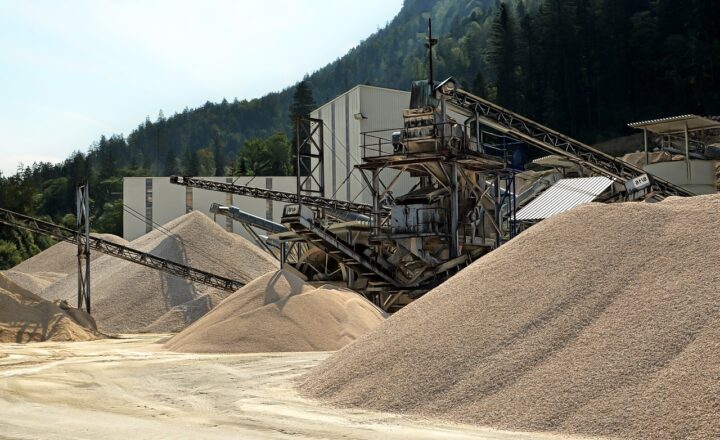How Tempered Glass Is Made to Withstand Extreme Conditions and Protect Lives
November 14, 2024

Tempered glass, also known as toughened glass, has become a cornerstone in various industries where safety, durability, and reliability are paramount. From skyscrapers to automobile windshields, the attributes of tempered glass make it the preferred choice for applications where breakage can have severe consequences. In this article, we explore the science behind how tempered glass is made and why it is engineered to withstand extreme conditions.
1. What is Tempered Glass?
Tempered glass is a type of glass that has been thermally treated to increase its strength compared to standard glass. The tempering process involves heating the glass to high temperatures (around 600 degrees Celsius) and then rapidly cooling it. This process creates a compression on the surface of the glass while maintaining tension in the core. The end result is a glass that is not only stronger but also fragments into small, blunt pieces upon breakage, minimizing the risk of injury.
2. The Manufacturing Process of Tempered Glass
The manufacturing of tempered glass involves several key steps. Understanding these steps can illuminate why tempered glass is such an incredible material:
Step 1: Cutting to Size
The production of tempered glass begins with cutting large sheets of float glass into the desired dimensions. Precision in this step is crucial because any flaws or mistakes will be magnified in the subsequent processes.
Step 2: Edge Polishing
After cutting, the edges of the glass are polished to ensure safety and aesthetics. Sharp edges are eliminated, reducing the risk of cuts during handling and installation.
Step 3: Cleaning
Next, the glass sheets undergo a thorough cleaning process. Any residues or particles can lead to imperfections in the tempering process, so ensuring a clean surface is critical. Special cleaning solutions and equipment are often used to achieve a spotless finish.
Step 4: Heating the Glass
Once cleaned, the glass is placed in a tempering furnace. Here, the temperature is raised to between 580-620 degrees Celsius, causing the glass to soften and prepare for the next step. The heating process ensures uniform temperature distribution throughout the glass sheets.
Step 5: Rapid Cooling (Quenching)
After reaching the necessary temperature, the glass is quickly cooled using air jets. This rapid cooling is crucial, as it creates the tension that grants tempered glass its strength. This process is known as quenching and is essential for the glass’s durability.
Step 6: Quality Control
Finally, the tempered glass undergoes a strict quality control inspection process. Each sheet is checked for visual defects, thickness, and compliance with safety standards before being packaged and delivered.
3. The Benefits of Tempered Glass
Tempered glass is celebrated for its numerous advantages:
- Strength: Tempered glass is approximately five times stronger than standard glass of the same thickness, making it capable of withstanding impacts and thermal stress effectively.
- Safety: In case of breakage, tempered glass shatters into small, blunt pieces rather than sharp shards, lowering the risk of injury.
- Thermal Resistance: It can endure high temperatures and thermal shock, making it ideal for environments where extreme heat is a factor, like shower doors or building facades.
- Versatility: Tempered glass can be used in various applications, from architectural elements to vehicle windshields, offering both performance and aesthetic appeal.
4. Applications of Tempered Glass
The applications of tempered glass are as diverse as its advantages. Here are a few notable uses:
- Architecture: It’s commonly used in high-rise buildings, facades, and balcony railings for its structural integrity and safety features.
- Automotive: Tempered glass is used for side and rear windows in cars because of its strength and safety in accidents.
- Shower Enclosures: The ability to withstand high humidity and sudden temperature changes makes it perfect for bathroom environments.
- Furniture: Many glass tabletops and shelves utilize tempered glass for both style and durability.
5. Future Innovations in Tempered Glass Technology
As new materials and technologies emerge, the future of tempered glass looks promising. Innovations in coatings, smart glass technology (such as electrochromic glass that can change opacity or color), and better production techniques aim to enhance the already impressive attributes of tempered glass.
We can expect to see tempered glass used in more high-tech applications, such as energy-efficient windows and smart home devices, increasing its functionality and energy efficiency.
Conclusion
Tempered glass is a remarkable material with a unique combination of strength, safety, and versatility. Understanding how it is made provides insight into why it is an essential component in various applications that protect lives and enhance living spaces. Whether you’re looking at a towering skyscraper or stepping behind the glass of a car door, know that tempered glass’s rigorous manufacturing process has made it a trusted choice in our everyday environments. Its applications are set to expand even further, making it an exciting material in future innovations as technology progresses and our needs evolve.







